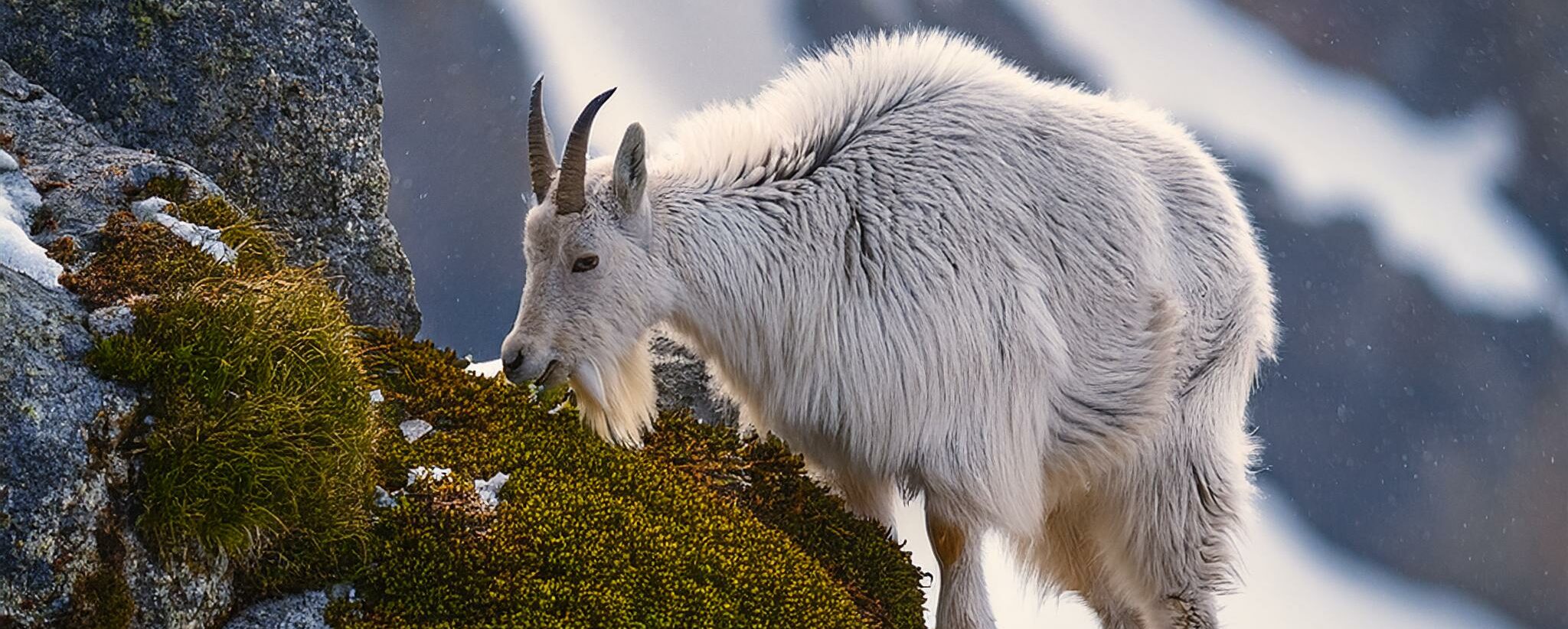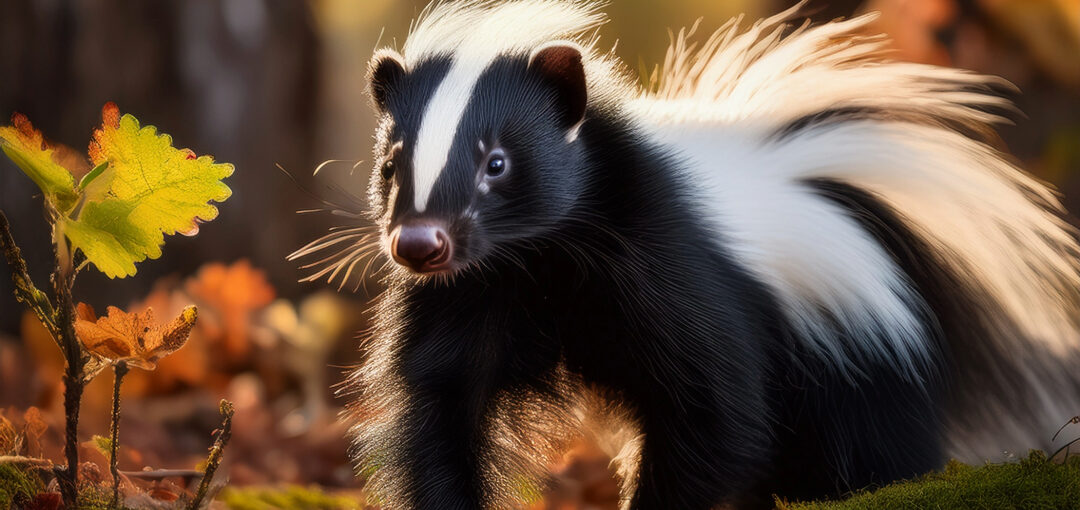Raccoons have become quite the urban dwellers, right alongside us in our cities and suburbs. Their adaptability is almost legendary, helping them thrive in a variety of environments from dense forests to bustling cityscapes. You might spot one rummaging through trash cans, and that’s no coincidence. Their opportunistic nature allows them to seize just about any food opportunity that comes their way.
Physically, raccoons are equipped with some fascinating features that influence their behavior. Their sharp, sensitive paws are almost like tiny hands, giving them the dexterity to open containers or climb trees with ease. Those ringed tails—well, that’s not just fashion. It’s part of their balance toolkit, helping them maneuver in treetops and other tricky spots.
When it comes to their environment, raccoons are incredibly versatile. They’ve adapted to live comfortably alongside humans, even in bustling urban areas. This interaction with human habitats puts a new twist on their traditional behaviors and makes them more creative, especially when it comes to finding food and shelter.
Human-raccoon interactions are a daily reality for many people. While these critters can be a bit of a nuisance at times, understanding their behaviors helps foster better coexistence. Simple strategies like securing garbage bins and avoiding pet food left outside can go a long way in minimizing unwanted raccoon visits. It’s all part of sharing our world with nature’s clever bandits.
Raccoon Foraging Techniques and Diet
These little bandits aren’t picky eaters. Raccoons are true omnivores, meaning they’ll eat just about anything. In the wild, their diet includes fruits, nuts, insects, and small animals. But in urban areas, you might find them digging into leftovers from our very own trash cans, proving just how adaptable they are when it comes to food sourcing.

When the sun sets, raccoons head out to forage—this is their prime time. Being nocturnal, they have keen night vision and rely heavily on their sense of touch. Those sharp, nimble paws are not just for climbing. They’re experts at feeling out what’s hidden inside containers or under rocks.
Their foraging isn’t just about feeding themselves; it’s a skill that’s critical for survival. Each night, they exhibit highly strategic behaviors to optimize finding food, which sometimes involves memorizing locations that promised good eats before.
The way raccoons forage plays a pivotal role in their ecosystem. By consuming a wide range of foods and moving around often, they help with seed dispersal. Plus, their digging helps aerate the soil, which can be beneficial to plant life. Although some might see their late-night garbage runs as a nuisance, it’s part of a much larger ecological dance they perform.
Communication and Social Structure of Raccoons
Raccoons are quite the communicators, equipped with a range of vocalizations and body language signals. They use these to express a variety of emotions, from annoyance to contentment. Growls, whistles, and chatters are part of their vocal repertoire, serving specific social and survival functions.
When it comes to family dynamics, raccoons are somewhat of a mix. While they’re often solitary roamers, mothers are fiercely dedicated to their young. They usually raise their kits alone, teaching them survival basics until they are ready to venture out. This period is crucial for the kits to pick up the skills they need through imitation and interaction.
If you want to know more about Raccoons, then this is the book for you. JUST CLICK ON THE IMAGE AND FIND OUT MORE:
Much like us, raccoons experience different behaviors as seasons change. Mating season brings different dynamics into play, with males becoming more vocal and social in their quest for partners. Mothers, on the other hand, adopt more nurturing behaviors, focusing on rearing their young. These shifts highlight the adaptive nature of raccoon social structures.
Raccoons utilize communication to navigate their world, especially when it comes to staking out territories. They have a way of establishing boundaries and conveying “do not enter” warnings to other raccoons. These behaviors underscore their intelligence and their ability to adapt communication strategies depending on environmental pressures.
Navigating Challenges: Raccoon Adaptation Strategies
When it comes to survival smarts, raccoons have a few tricks up their sleeves. Known for their problem-solving skills, they aren’t shy about using tools or figuring out complex tasks to snag a midnight snack or evade predators. This cleverness has made them quite resilient in ever-changing environments, especially urban settings.
Raccoons don’t have many natural predators, but they’re not entirely off the hook. They’ve developed some crafty defense mechanisms, like using their agility to climb to safety or playing dead to avoid confrontation. Their ability to quickly assess a risky situation and pick the best escape route is part of their everyday survival game.
Environmental changes and urban development constantly test raccoon adaptability. But they’ve shown an impressive ability to adjust, including coping with new threats like busy roads and limited natural habitats. This adaptability isn’t just about surviving; it’s about thriving in diverse environments where resources and challenges are ever-shifting.
Human activities have a significant impact on raccoon populations and behavior. Conservation efforts and wildlife management policies aim to balance protecting natural habitats while addressing the challenges posed by human expansion. Encouraging responsible waste management and ensuring raccoons can safely interact with their environments are key steps toward a harmonious existence.






